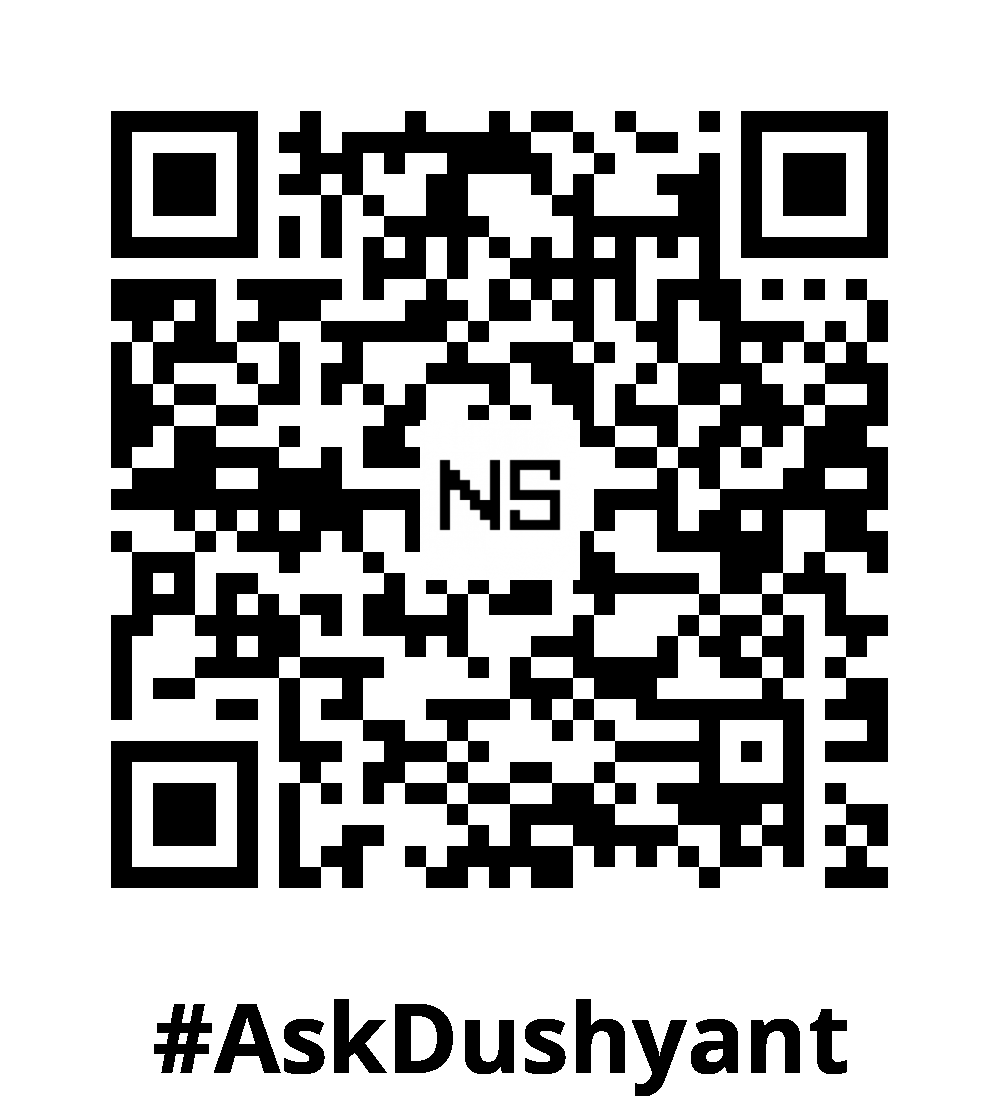Online Analytical Processing (OLAP) is a powerful technology that revolutionizes the way organizations process and analyze large volumes of data. As a tech advisor, let me guide you through the understanding of the transformative concept of OLAP, its features, and its significance in databases, analytics, and integration. OLAP empowers businesses to gain valuable insights, make informed decisions, and drive strategic growth. Let’s dive into the world of OLAP and discover its immense capabilities.
Exploring OLAP and its Features
OLAP, an acronym for Online Analytical Processing, is a technology that enables users to perform complex analysis and multidimensional data processing. Unlike traditional transactional databases, which focus on data storage and retrieval, OLAP provides a specialized environment for powerful data analysis and reporting. OLAP databases are designed to handle large volumes of data, facilitate flexible querying, and provide fast response times.
OLAP databases are characterized by their multidimensional structure, where data is organized into dimensions and measures. Dimensions represent the various aspects of data, such as time, geography, product, or customer, while measures are the numeric data points that are analyzed, such as sales revenue or customer count. OLAP allows users to explore data from different dimensions, drill down into details, perform aggregations, and generate interactive reports and visualizations.
Applications and Importance of OLAP
OLAP technology has found extensive applications across various industries and sectors. It plays a crucial role in data analysis, reporting, and decision-making processes. Some key areas where OLAP is widely used include:
- Business Intelligence and Analytics: OLAP enables businesses to gain deep insights into their data, uncover trends, and discover patterns that help drive strategic decision-making. It supports complex analysis, ad-hoc queries, and advanced analytics, allowing organizations to perform tasks such as sales forecasting, market analysis, and performance tracking.
- Integration with Data Warehousing: OLAP is commonly integrated with data warehousing solutions to create robust analytical environments. By combining OLAP with data warehousing, organizations can consolidate and manage large volumes of structured and unstructured data from multiple sources, ensuring data integrity, consistency, and accessibility for analytical purposes.
- Decision Support Systems: OLAP plays a vital role in decision support systems by providing interactive and intuitive interfaces for users to explore and analyze data. It empowers decision-makers to gain a comprehensive understanding of business performance, identify key drivers, and evaluate different scenarios, leading to informed and effective decision-making.
There are several OLAP databases and tools available in the market that can help organizations leverage the power of OLAP for advanced analytics and reporting. Here are a few popular ones:
- Microsoft SQL Server Analysis Services (SSAS): SSAS is a comprehensive OLAP database and analytics engine provided by Microsoft. It offers robust multidimensional modeling capabilities, data mining, and interactive reporting features.
- Oracle Essbase: Essbase is an OLAP server provided by Oracle that enables organizations to perform advanced multidimensional analysis. It offers scalability, real-time data access, and integration with other Oracle technologies.
- IBM Cognos TM1: TM1 is an OLAP database and planning software offered by IBM. It provides advanced modeling, forecasting, and budgeting capabilities, making it suitable for financial planning and analysis.
- SAP Business Warehouse (BW): BW is an enterprise data warehousing solution offered by SAP. It includes OLAP capabilities for efficient data analysis, reporting, and decision-making.
- Pentaho: Pentaho is an open-source business intelligence suite that includes OLAP capabilities. It offers tools for data integration, reporting, and interactive analysis.
- Tableau: Although not a traditional OLAP database, Tableau is a popular data visualization tool that can connect to various OLAP data sources. It provides a user-friendly interface for creating interactive dashboards and visualizing OLAP data.
These are just a few examples of OLAP databases and tools available in the market. The choice of the most suitable tool depends on specific business requirements, budget, scalability needs, and integration capabilities with existing systems.
My Tech Advice: OLAP technology, a cornerstone in the realm of data analytics, offering powerful features and capabilities for multidimensional analysis. Its ability to process and analyze large volumes of data from multiple dimensions provides invaluable insights to businesses across industries. Thru OLAP, organizations can unlock the full potential of their data, drive strategic decision-making, and gain a competitive edge in today’s data-driven world.
#AskDushyant


Leave a Reply